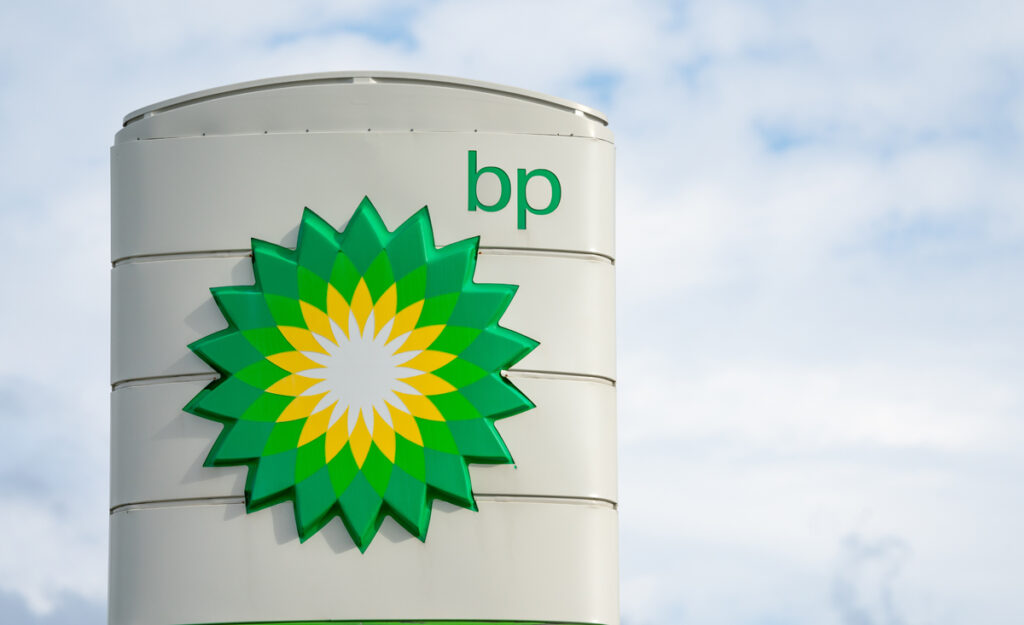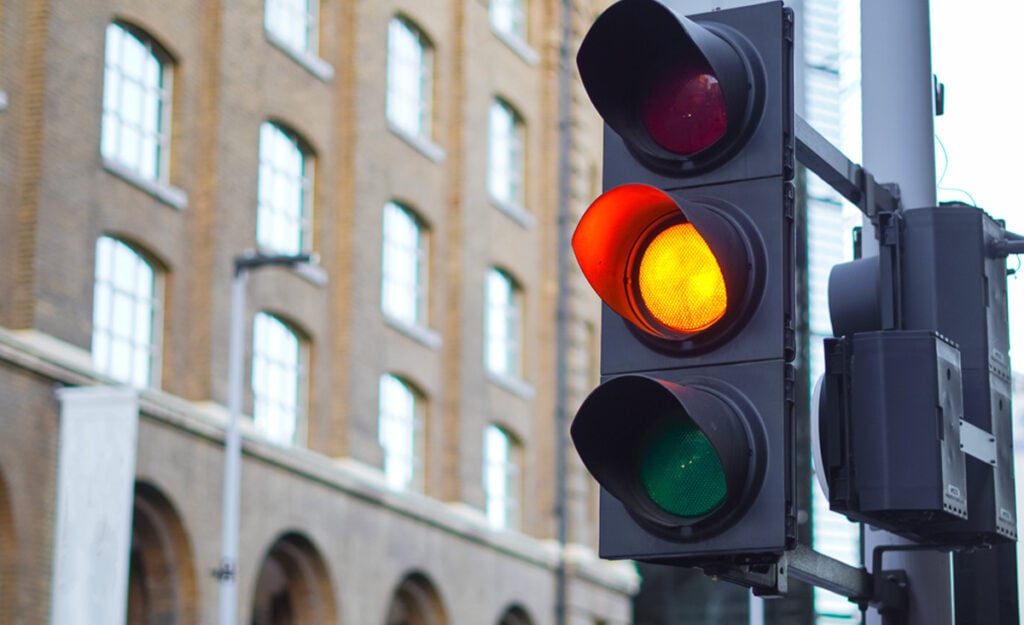
Government’s plans to revive the PetroSA refinery in Mossel Bay has potentially hit a significant roadblock.
The revival of the PetroSA plant is key to the country reducing its reliance on imported fuels.
At present, approximately 70% of fuel requirements in South Africa are met with imported propellants following a run of closures that saw four out of the country’s six refineries halt operations.
The dependence on fuels from abroad leaves the country particularly vulnerable to supply disruptions, as was experienced in Cape Town in October 2024, as well as geo-political headwinds that impact the cost of the liquid gold.
To bring more stability to the local fuel market, the Department of Mineral and Petroleum Resources announced that it would resuscitate two of the country’s most important refineries, one being the aforementioned PetroSA facility and another the Sapref refinery in Durban, KwaZulu-Natal.
Tempered expectations
Government recently initiated a feasibiltiy study into reinstating the PetroSA plant in Mossel Bay, Western Cape, which is being partly funded by Gazprombank Africa, the domestic division of Gazprombank, a private-owned Russian bank.
However, with renewed US sanctions on Russian financial institutions announced in late 2024, the feasibility study may have hit a significant roadblock.
In a recent Parliamentary Q&A, the Democratic Alliance’s Sphesihle Zondi asked the Minister of Mineral and Petroleum Resources Gwede Mantashe whether Gazprombank Africa has pulled out out of funding the feasibility study in respect of the PetroSA restart.
In response, Mantashe said that the the bank hasn’t officially pulled out yet.
“However, considering that the US’s expanded sanctions against Gazprombank Africa could significantly impact on its ability to fund the feasibility study in respect of the PetroSA tender 0001/2023 for the restart of the Mossel Bay Gas to Liquids Refinery, the Department and/or PetroSA will convene a meeting with Gazprombank Africa to discuss its contractual obligations and re-evaluate other alternative partnership,” said Mantashe.
The envisaged commencement date of the feasibility study is dependent on the outcome of the above-mentioned meeting.
The Minister reiterated that, as things currently stand, Gazprombank Africa has not officially pulled out of funding the feasibility study.

The potential exit of Gazprombank Africa from the PetroSA feasibility study lends credence to earlier suspicions that government is biting off more than it can chew with its plans to revive the refineries.
Authorities not only aim to bring these facilities back to life, but also to upgrade them to produce cleaner fuels all within a span of two years.
It further intends to turn Sapref into a mega refinery that can pump out at least 400,000 barrels of refined petroleum a day, up from its current capacity of 180,000 barrels.
While optimistic about the return of these petroleum hubs, industry stakeholders have tempered expectations surrounding the 2027 deadline.
The Fuels Industry Association of South Africa (Fiasa) previously told TopAuto that the revival of the Sapref and PetroSA plants will contribute to improved fuel security, jobs, and tax receipts for the country.
However, it noted that the extent of the damage at these facilities remain unclear, putting any preliminary budgets and deadlines into question.
“The scale of damage and work required for restoration will directly impact the budget and time for implementation,” said Fiasa.
“Past experience suggests [government] will be overspent and over time.”
When asked what it expects will be the timeframe for recovery, Fiasa said: “Don’t know – except a long time.”

Visiting adjunct professor at Wits University, Dr. Rod Crompton, as well as renowned economist Dawie Roodt, expressed similar sentiments.
Crompton said that bringing back two refineries would certainly benefit the economy, however, there will be significant challenges along the way, some of which the authorities may not be equipped to overcome.
Government purchased Sapref for a symbolic R1 from its previous owners, Shell and BP, but it’s now shacked up with “billions of rands of environmental liability” that must be tended to as a result of floods that washed harmful chemicals into the area around the refinery.
“I believe the Minister of Mineral Resources and Energy has been talking about revamping that refinery and revitalising it. Remember, it was flooded, and BP and Shell decided not to fix it after the floods, so [government] has to fix that and then get it working and then invest for the cleaner fuel specification, so most people in the industry are very sceptical that government would be able to do that,” said Crompton.
“If you look at the way PetroSA has behaved, its corporate record is not too promising.”
Likewise, Roodt told BusinessTech that the state is “far too big and highly incompetent” which will hamper its ability to refurbish the fuel refineries.
He further said that South Africa is going to struggle to find willing and able investors to fund these initiatives.
Indeed, BP and Shell with their combined annual revenue of over $500 billion and with among the brightest minds on the planet on their payroll deemed it too mammoth of a task to take on together, which other private companies will undoubtedly take into consideration before signing any agreements.
Alternatively, if government ran the project by itself, history shows that it’s likely to go down the same path as that of many other state-owned entities and become a veritable disaster, said Roodt.











